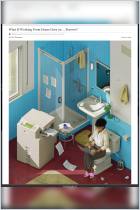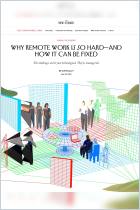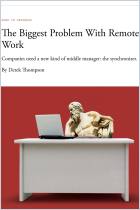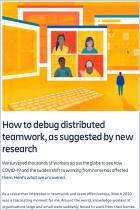
The Race to Fix Virtual Meetings
Sick of boring grids of heads? A new crop of start-ups aims to bring some serendipity and spark to remote meetings. (The Future of Work)
Recommendation
The pandemic made working remotely essential, and the hybrid home and office set-up seems likely to emerge and endure. Now, new virtual meeting software aims to make online exchanges more like the spontaneous interactions among colleagues in shared spaces. Video games are inspiring the way start-ups and conferences are crafting solutions that may offer advantages over physical togetherness. As Yiren Lu reports in The New York Times Magazine, the future of online gatherings may reside in powerful virtual reality hardware that makes online gatherings more like the real thing. Lu shows one way the pandemic’s transformative effect will linger at work.
Summary
About the Author
Software engineer Yiren Lu writes about technology for The New York Times Magazine, The Atlantic and Wired.




















Comment on this summary